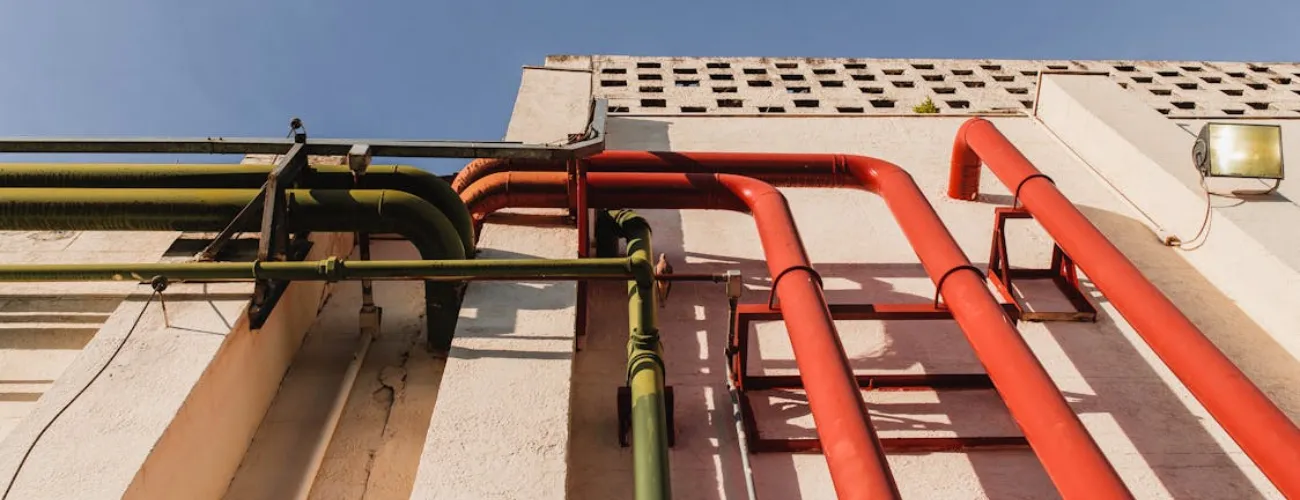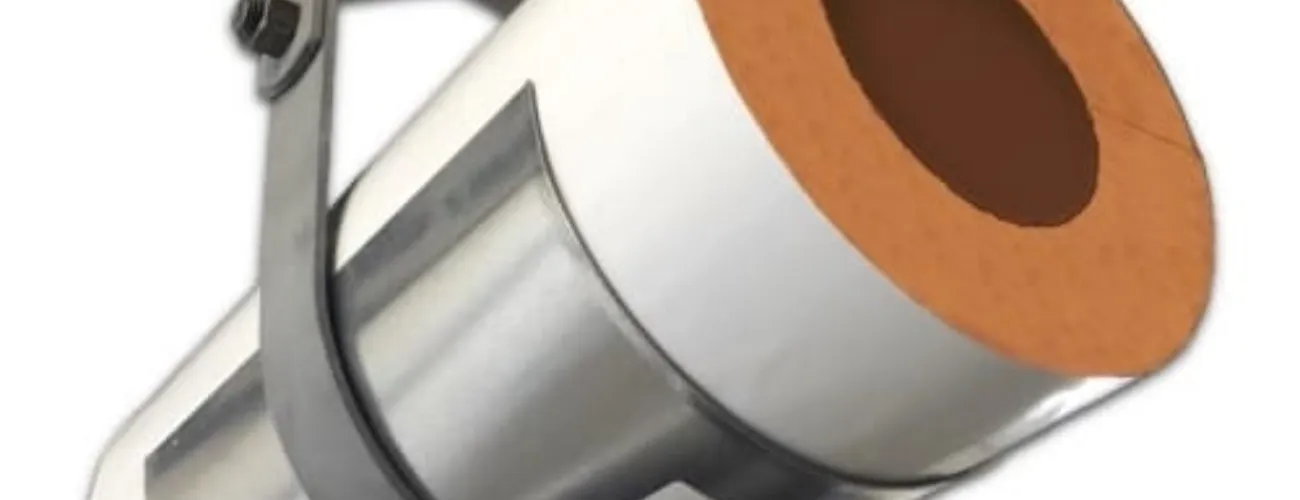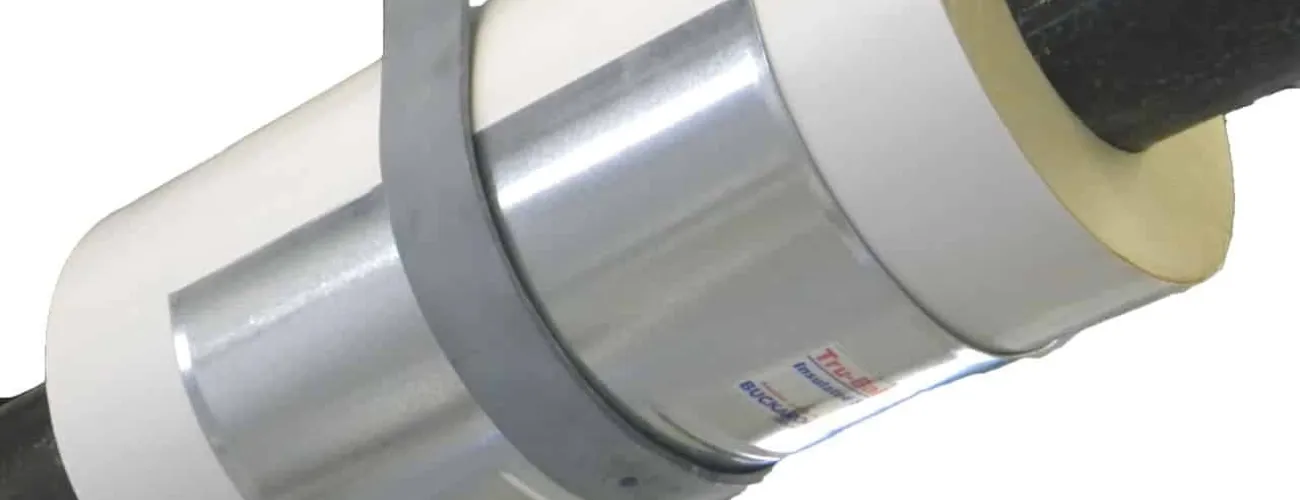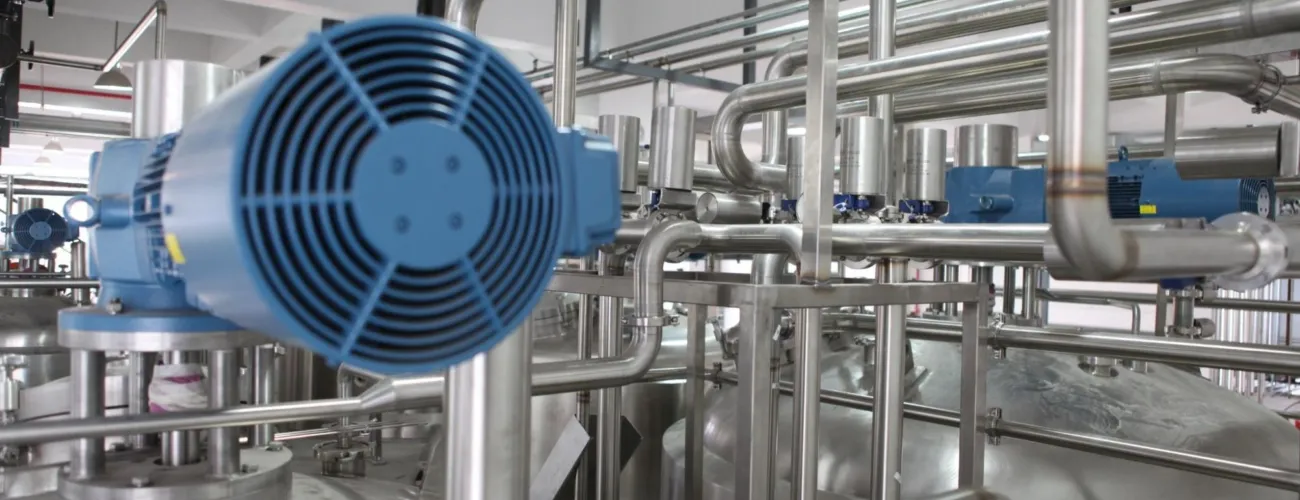Fire-Rated Pipe Insulation Explained
Meeting pipe insulation code requirements in commercial and industrial environments is not only crucial for maintaining system efficiency and safety, but also for ensuring compliance with various regulatory standards.
These standards, which cover everything from thermal performance to fire safety, play a pivotal role in specifying the materials and methods used in pipe insulation systems.
Understanding and adhering to these standards can significantly affect the operational reliability and legal compliance of facilities.
The Role of Pipe Insulation Code Standards in Industrial Safety and Efficiency
Ensuring the safety, efficiency, and regulatory compliance of industrial and commercial operations means adhering to established pipe insulation codes and standards that are crucial for protecting systems against heat loss, preventing condensation, and maintaining requisite temperatures in process piping. Compliance not only safeguards equipment, it also meets legal requirements, thus avoiding fines and operational downtime.
Understanding ASTM Requirements for Pipe Insulation
In the complex landscape of industrial and commercial piping, adhering to established insulation standards like those set by ASTM International and the International Organization for Standardization (ISO) is crucial:
- ASTM International, once called the American Society for Testing and Materials, creates and shares widely accepted technical standards for various materials, products, systems, and services.
- ISO is an independent, international organization that's not part of any government. It creates standards to make sure that products, services, and systems are safe, high-quality, and work efficiently.
Adherence to these standards ensures that insulation materials withstand extreme temperatures and conditions and also meet rigorous safety, durability, and environmental requirements.
- ASTM C533 focuses on calcium silicate insulation, ideal for high-temperature applications up to 1200°F, and is often used to protect equipment in industrial settings where high heat is a constant.
- ASTM C547 outlines the specifications for mineral wool pipe insulation, and is designed for thermal insulation of steam and process piping systems across various industries.
- ASTM C552 sets the guidelines for cellular glass insulation, suitable for a wide temperature range from -450°F to 800°F, to provide critical thermal barriers in both low and high-temperature applications.
- ISO 15665 provides comprehensive procedures for acoustic insulation of pipes, valves, and flanges, to reduce noise levels in industrial installations, which is crucial for environmental compliance and workplace safety.
- EN ISO 23993 deals with the sound absorption properties of materials which is critical for acoustic insulation in pipes and equipment, to help ensure effective noise control in diverse industrial environments.
These standards form the backbone of effective insulation practices by helping industries meet operational excellence and regulatory compliance.
Pipe Insulation Materials for Commercial and Industrial Applications
Selecting the right insulation material is critical for meeting both performance standards and operational efficiency across a range of temperature conditions. While materials like mineral wool and calcium silicate excel in high-temperature environments, it's equally crucial to consider options that are suitable for cold applications.
High-Temperature Insulation Materials
Mineral Wool
Known for its versatility and excellent thermal insulation properties, mineral wool can withstand temperatures up to 700°C. It is commonly used in industrial settings where high heat is prevalent for durability and effective insulation.
Calcium Silicate
With a maximum service temperature of approximately 815°C, calcium silicate insulation is another popular choice for high-temperature applications. Its low thermal conductivity and fire-resistant properties make it well-suited for demanding industrial environments.
Cold Temperature Insulation Materials
Polyurethane Foam
Offering excellent thermal insulation properties, polyurethane foam is suitable for both high and low-temperature applications. It can effectively insulate pipes operating in cold environments by providing energy efficiency and preventing condensation.
Expanded Polystyrene (EPS)
EPS insulation is lightweight, moisture-resistant, and has good thermal insulation properties. It is commonly used in cold storage facilities, refrigeration systems, and other applications that require insulation in low-temperature environments.
Fiberglass Insulation
While fiberglass is often associated with high-temperature applications, it can also provide effective insulation in cold environments. It is lightweight, easy to install, and offers good thermal performance, which makes it suitable for a range of industrial cold piping systems.
By selecting the appropriate insulation material, industrial facilities can optimize energy efficiency, prevent heat loss or gain, and maintain consistent operating temperatures in both hot and cold piping systems.
Best Practices for Pipe Insulation Compliance
Achieving and maintaining compliance with evolving pipe insulation standards requires a multifaceted approach that integrates best practices from installation through to ongoing operations.
Here's how facilities can systematically ensure their insulation systems adhere to the highest industry standards:
Regular Standard Reviews and Training
Stay updated with changes in standards by subscribing to newsletters from bodies such as ASTM International and ISO. Conduct regular review meetings to discuss the updates and integrate new practices.
Develop a continuous training program that includes the latest safety protocols, the proper installation techniques, and regulatory compliance topics. Use workshops, webinars, and on-site training to ensure that all personnel are up-to-date with the latest standards and practices.
Effective Installation Aligned with Compliance Codes
Follow detailed installation guidelines like those provided in the MICA Manual to ensure each step of the installation process meets the current codes and standards. This includes using the appropriate accessories, applying correct sealants, and ensuring the proper use of vapor barriers.
Installation practices should be routinely audited as part of the compliance checks to ensure they meet the rigorous standards required in commercial and industrial settings.
Comprehensive Audits and Technology Integration
Conduct semi-annual compliance audits to evaluate the current insulation systems against the latest codes. Utilize checklists that reflect updated standard requirements to ensure comprehensive reviews.
Implement compliance management software to track standard changes and maintain adherence records. This technology can alert you to updates and audit schedules, to streamline compliance processes.
Documentation and Record Keeping
Maintain detailed records of all insulation materials used, including their specifications and compliance certificates. Ensure that this documentation is accessible for both internal reviews and regulatory inspections.
Regularly update compliance documentation to reflect any changes in materials, suppliers, or methods by ensuring all modifications adhere to the current standards.
By adopting these structured procedures in your operations, facilities will meet current standards and stand out as leaders in industrial safety and efficiency.
Buckaroos® Aligns with Industry Standards
Specializing in insulated pipe supports, Buckaroos® understands and grasps the wider context of pipe insulation to ensure the selection of supports enhances the entire insulation system.
CoolDry™ Insulated Pipe Supports

CoolDry™ Insulated Pipe Supports from Buckaroos® are specifically engineered to prevent condensation and ensure thermal efficiency within pipe systems. Phenolic insulation, recognized for its superior strength and low thermal conductivity, is used to make them suitable for various industrial applications. The innovative design helps maintain optimal operational temperatures and prevents energy loss.
CoolDry™ Sliding Pipe Supports
CoolDry™ Sliding Pipe Supports are designed for applications that require movement due to thermal expansion and contraction in piping systems. They feature a unique sliding mechanism to facilitate smooth movement, thereby minimizing stress and potential damage to the pipe insulation. Their durability and efficient design make them a practical choice for ensuring the long-term integrity and performance of industrial piping installations.
CoolDry™ Heavy Duty Pipe Supports

CoolDry™ Heavy Duty Pipe Supports are tailored for the most demanding industrial applications, and are capable of supporting significant weight while ensuring thermal insulation integrity.
They use phenolic insulation to reduce heat transfer in order to provide a strong solution for heavy-duty piping systems that need extra structural support. They are designed with a focus on safety and efficiency, which makes them an important part of keeping the system reliable in tough conditions.
Buckaroos® Insulated Pipe Hangers: Your Key to an Efficient Commercial or Industrial Piping System
Buckaroos® Insulated Pipe Hangers are a linchpin in securing and enhancing the efficiency of commercial or industrial piping systems.
With a focus on reducing thermal bridging and maintaining the integrity of the insulation envelope, our hangers play a vital role in helping your pipes not only meet pipe insulation code requirements but also contribute to energy conservation.
To find out more, contact us today!

Carrie Powers
Carrie channels her passion for innovative solutions in the construction industry for Buckaroos. With a deep understanding of Buckaroos' leading insulated pipe support systems and insulation protection shields, Carrie ensures that building owners, engineers, and installers are well-equipped with the best tools and products. Her dedication to digital transformation and customer engagement helps Buckaroos maintain its reputation as a trusted resource for professional insulators across North America and Canada.
Featured articles
Industrial Pipe Hangers and Supports
Steam Pipe Insulation 101: Materials and Supports
8 Types of Pipe Supports and Their Features
Understanding Industrial Pipe Insulation and the Options





